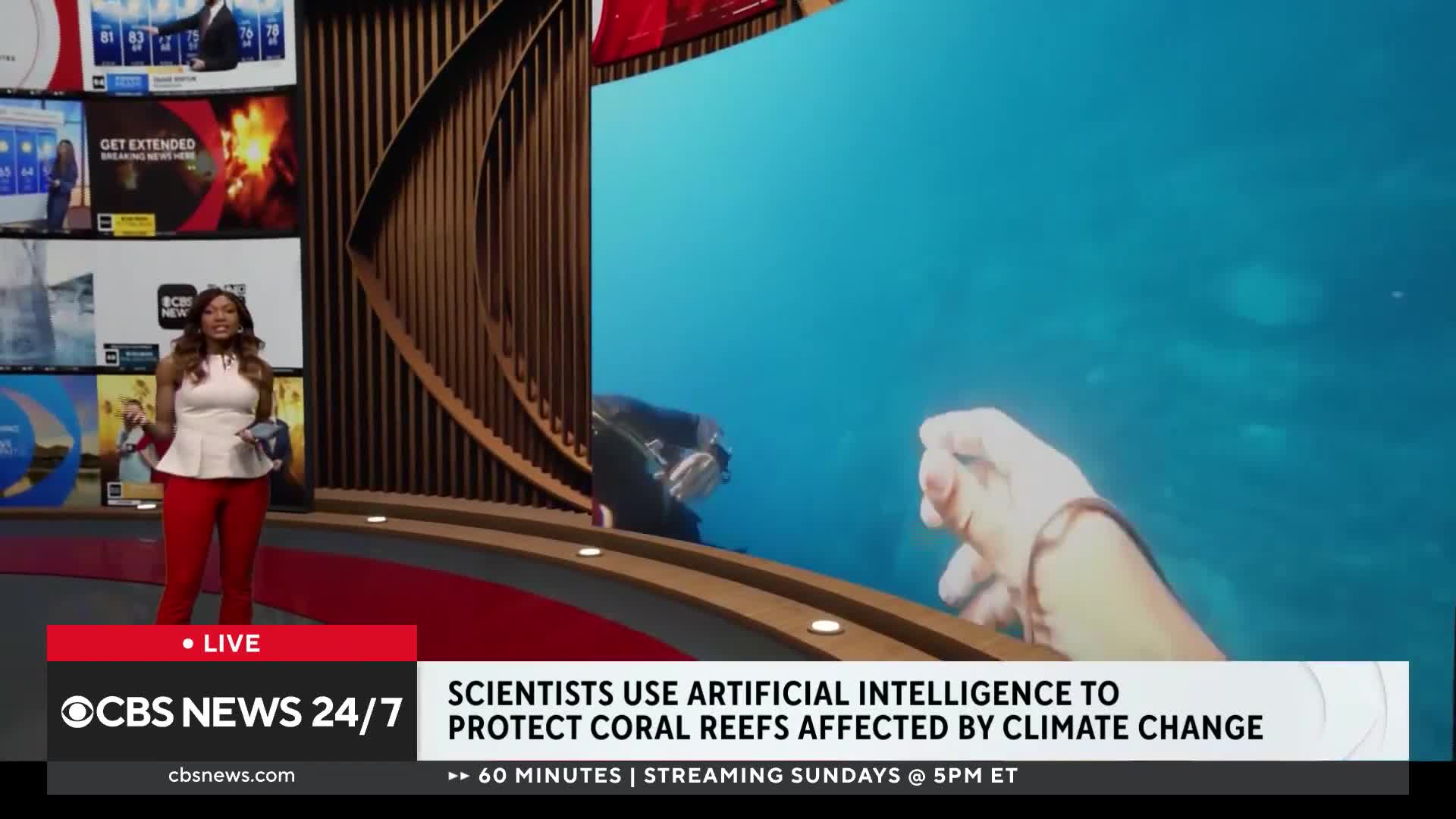Sea Level Rise
What is the strategic importance of Greenland in future maritime trade routes?
Greenland holds crucial strategic significance in emerging Arctic trade routes as climate change melts sea ice. It sits perfectly positioned between the Northwest Passage through Canada and the Northern Sea Route along Russia, both expected to open for large-scale maritime traffic by next decade. Even more significant is Greenland's proximity to the proposed Transpolar Sea Route through the North Pole, which by 2050 could become viable for shipping. This Transpolar route would create the shortest maritime path between Asia and Europe/Americas, saving thousands of kilometers compared to current Suez and Panama Canal routes. Whoever controls Greenland will have optimal geographic positioning to extend influence over these new trade routes that will transform global commerce as Arctic ice continues to retreat.
Watch clip answer (01:56m)How is artificial intelligence being used to protect coral reefs?
Conservationists on Reunion Island are employing artificial intelligence to analyze underwater audio from coral reef environments. This innovative approach allows scientists to process extensive amounts of data quickly and efficiently, helping them understand the challenges facing coral reefs, which experts warn could experience a 90% decline within the next 25 years due to climate change. The technology represents a significant intersection between advanced computing and environmental conservation, demonstrating how modern tools can enhance efforts to preserve vital marine ecosystems for future generations.
Watch clip answer (00:12m)How accurate were the predictions in Al Gore's 'An Inconvenient Truth' regarding climate change?
While not everything in Al Gore's film was perfectly accurate, much of it contained solid scientific backing. Some predictions were off in timing - for example, his projection that CO2 would reach 600 parts per million was estimated to happen in 50 years, but scientists now predict this by century's end, making him about 50 years early. The film's simulation showing New York City underwater was based on a scenario of Greenland's ice sheet breaking apart, which hasn't occurred. However, many core climate concerns have proven valid, with CO2 levels rising significantly from 380 ppm when the film was made to over 420 ppm today, confirming the troubling trend scientists agree upon.
Watch clip answer (01:01m)How accurate were Al Gore's climate change predictions in 'An Inconvenient Truth' nearly 20 years later?
Al Gore's predictions in 'An Inconvenient Truth' show a mix of accuracy and oversimplification when analyzed 20 years later. One claim under scrutiny is the prediction that New York City would be underwater, which referenced a simulation showing flooding reaching the World Trade Center site. The analysis reveals that science is complex and requires nuance, which is challenging to convey while making information entertaining. The evaluation, conducted at the American Museum of Natural History, aims to separate what Gore got right from what he got wrong. This retrospective highlights how climate science communication often struggles to balance scientific accuracy with engaging presentation, while emphasizing the importance of carefully examining climate change predictions.
Watch clip answer (00:35m)What is happening to Isle de Jean Charles in Louisiana and why have residents had to relocate?
Isle de Jean Charles in Louisiana faces a critical environmental crisis caused by two simultaneous forces: land subsidence and sea level rise. These combined pressures have made the area increasingly uninhabitable, forcing residents to abandon their traditional homes and relocate elsewhere. The situation represents a clear example of climate change impacts, with the community becoming one of America's first climate refugees. While the speaker notes that Al Gore's analysis had some nuanced omissions, the fundamental challenge of sinking land combined with rising seas remains the primary driver behind this community's displacement.
Watch clip answer (00:10m)How has climate change science evolved since Al Gore's 'An Inconvenient Truth'?
Since Al Gore's film 'An Inconvenient Truth' was released nearly 20 years ago, the science has only strengthened, showing that the rate of warming since the mid-20th century is indeed unprecedented. The evidence accumulated over these two decades consistently confirms what Gore highlighted in his documentary. All available data points to the same conclusion: our planet is warming at an alarming rate. The additional years of research and observation have reinforced the original climate change concerns while providing even more compelling evidence of the ongoing global temperature increases.
Watch clip answer (00:13m)


